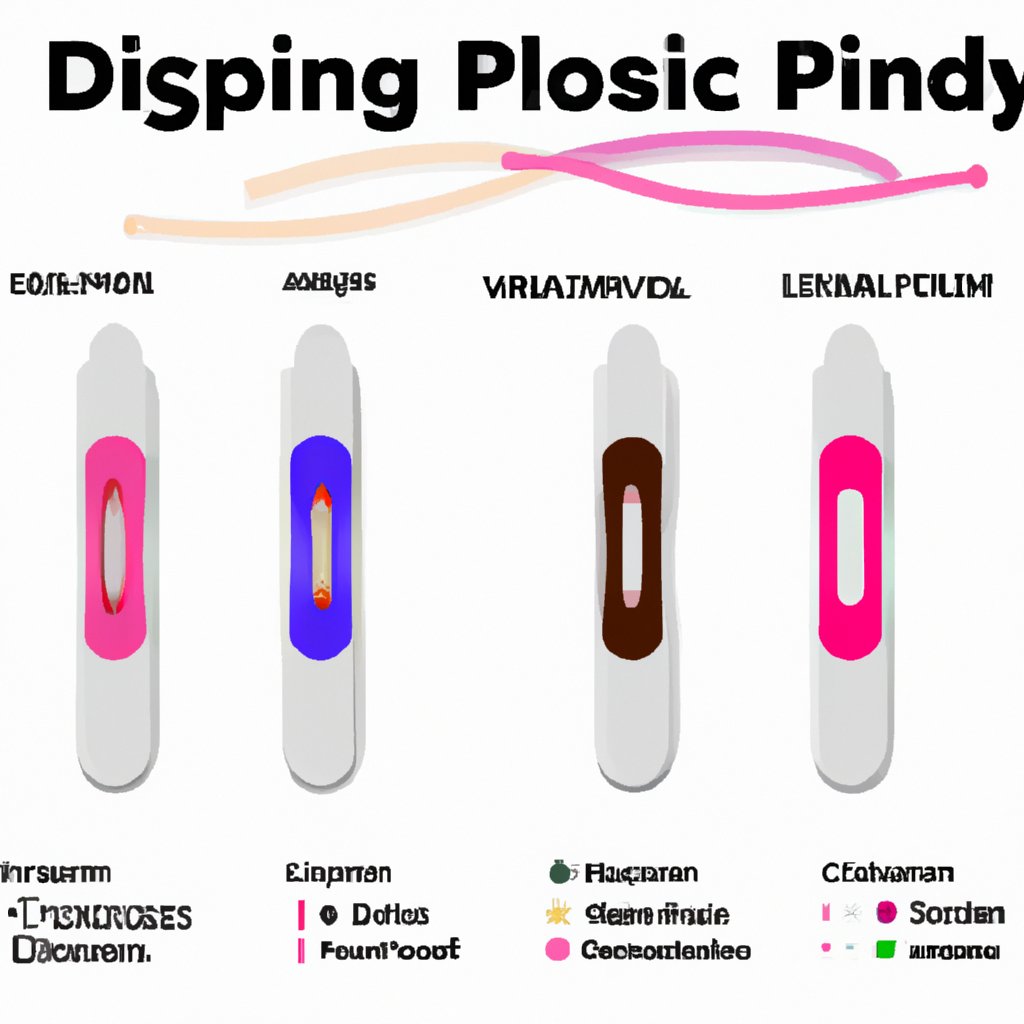
Have you ever felt like giving up on a task because it seemed too difficult or overwhelming? We all have those moments, but there is one powerful tool that can help us push through and achieve our goals: positive reinforcement. Whether it’s celebrating big accomplishments or acknowledging small wins, positive reinforcement can boost our motivation, self-confidence, and overall well-being. In this blog post, we’ll explore the power of positive reinforcement and how to use it effectively in your daily life. So get ready to say “”congratulations, you done it!”” more often than ever before!
What is positive reinforcement?
Positive reinforcement is a psychological concept that involves rewarding desired behavior to increase the likelihood of it being repeated in the future. It’s all about recognizing and celebrating achievements, big or small, as a way to encourage more positive actions.
The rewards can come in various forms: verbal praise, high-fives, stickers, treats – anything that brings joy and satisfaction to the person receiving them. The key is to make sure they are appropriate for the situation and something that motivates and inspires the individual.
Positive reinforcement has been proven effective in many areas of life, from parenting and education to business management and sports coaching. By focusing on what someone does well instead of criticizing their mistakes or shortcomings, we create an environment of trust, support, and growth.
Positive reinforcement is a powerful tool for building self-esteem, confidence, motivation levels. It’s about celebrating progress rather than perfection which makes people feel valued for who they are not just what they do.
The benefits of positive reinforcement
Positive reinforcement is the act of rewarding someone for exhibiting a desired behavior. The benefits of positive reinforcement are immense and can have lasting impacts on both individuals and teams. Firstly, positive reinforcement creates a positive work environment where people feel appreciated and valued. This can lead to increased job satisfaction, higher employee morale and lower turnover rates.
Moreover, when individuals receive positive feedback for their efforts, it boosts their self-esteem which allows them to be more confident in their abilities. As a result, they are more likely to take risks and try new things that could lead to personal growth or professional advancement.
Furthermore, when teams receive recognition for achieving shared goals or milestones, it fosters collaboration and promotes teamwork. It encourages team members to support each other as well as celebrate each other’s achievements which leads to stronger relationships among coworkers.
Incorporating positive reinforcement into the workplace has numerous benefits that extend beyond just improving performance metrics. By creating an atmosphere of positivity and appreciation at work through regular recognition of accomplishments big or small can help build confidence within employees while boosting overall morale – all leading towards greater success!
How to use positive reinforcement

Positive reinforcement can be a powerful tool when it comes to motivating and encouraging individuals. It involves using rewards or praise to reinforce positive behaviors, which increases the likelihood of those behaviors being repeated in the future.
To use positive reinforcement effectively, you must first identify the specific behavior that you want to encourage. Be clear about what actions or outcomes deserve recognition and reward. Once identified, determine what type of positive reinforcement will be most effective for that individual.
It’s important to remember that not everyone responds to the same types of rewards or praise. Some people may prefer verbal recognition while others may prefer tangible rewards such as gift cards or extra time off work.
When providing positive reinforcement, make sure it is timely and consistent. The reward should follow closely after the desired behavior occurs so that the connection between action and consequence is clear.
Don’t forget to gradually reduce the frequency of rewards over time as desirable behaviors become more ingrained in an individual’s routine. This helps ensure continued motivation without becoming dependent on external incentives.
Using positive reinforcement requires careful consideration and attention but can ultimately lead to increased motivation, productivity and overall satisfaction among individuals who are rewarded for their achievements big or small!
Examples of positive reinforcement
Positive reinforcement can take many forms, depending on the individual and the situation. Here are some examples of positive reinforcement in action:
Firstly, verbal praise is a common form of positive reinforcement. Simply telling someone they did a great job or congratulating them on their efforts can go a long way towards boosting morale and self-esteem.
Secondly, tangible rewards such as prizes or gifts can be effective motivators for some people. These rewards don’t have to be expensive; even something small like a certificate of achievement or a free lunch can make someone feel valued and appreciated.
Thirdly, social recognition is another powerful form of positive reinforcement. Being publicly acknowledged for one’s accomplishments by colleagues or superiors can provide a sense of validation and boost confidence.
Opportunities for growth and development are also important types of positive reinforcement. Providing training programs or allowing individuals to work on challenging projects shows that their contributions are valued and encourages continued growth.
There are many ways to apply positive reinforcement in both personal and professional settings with significant benefits for all parties involved.
Conclusion
To wrap it up, positive reinforcement is a powerful tool that can help individuals achieve their goals and improve their overall well-being. By celebrating both big and small achievements, we can create a sense of accomplishment and motivation to continue striving for success.
Using positive reinforcement techniques such as verbal praise, rewards or incentives, can foster an environment of positivity and productivity. It’s important to remember that everyone responds differently to different types of rewards or recognition.
Incorporating positive reinforcement into our daily lives not only helps us reach our personal goals but also creates a culture of gratitude, appreciation and encouragement in the workplace or at home.
So next time you see someone achieving something great – whether it be big or small – don’t forget to say “”congratulations you done it””!







